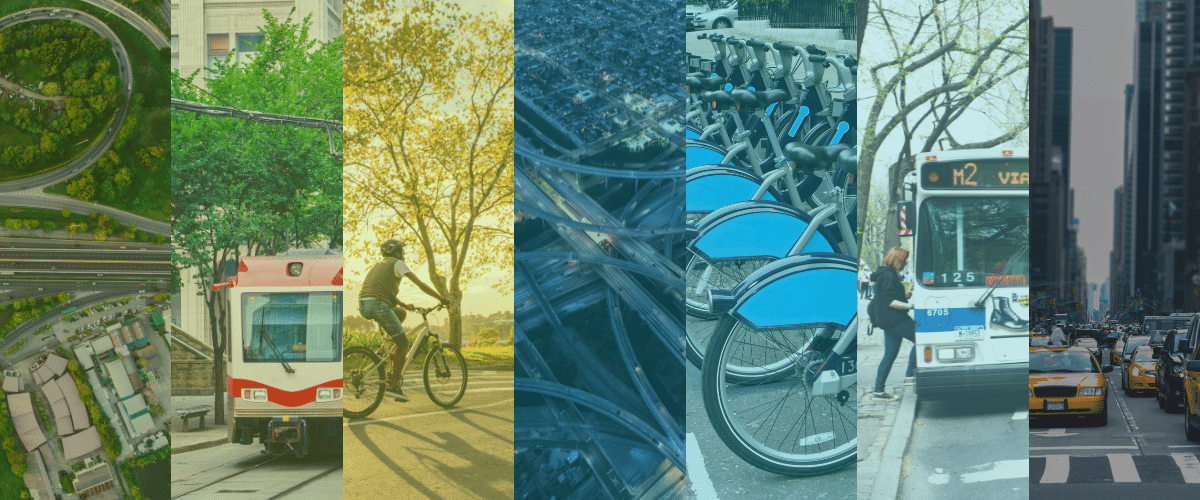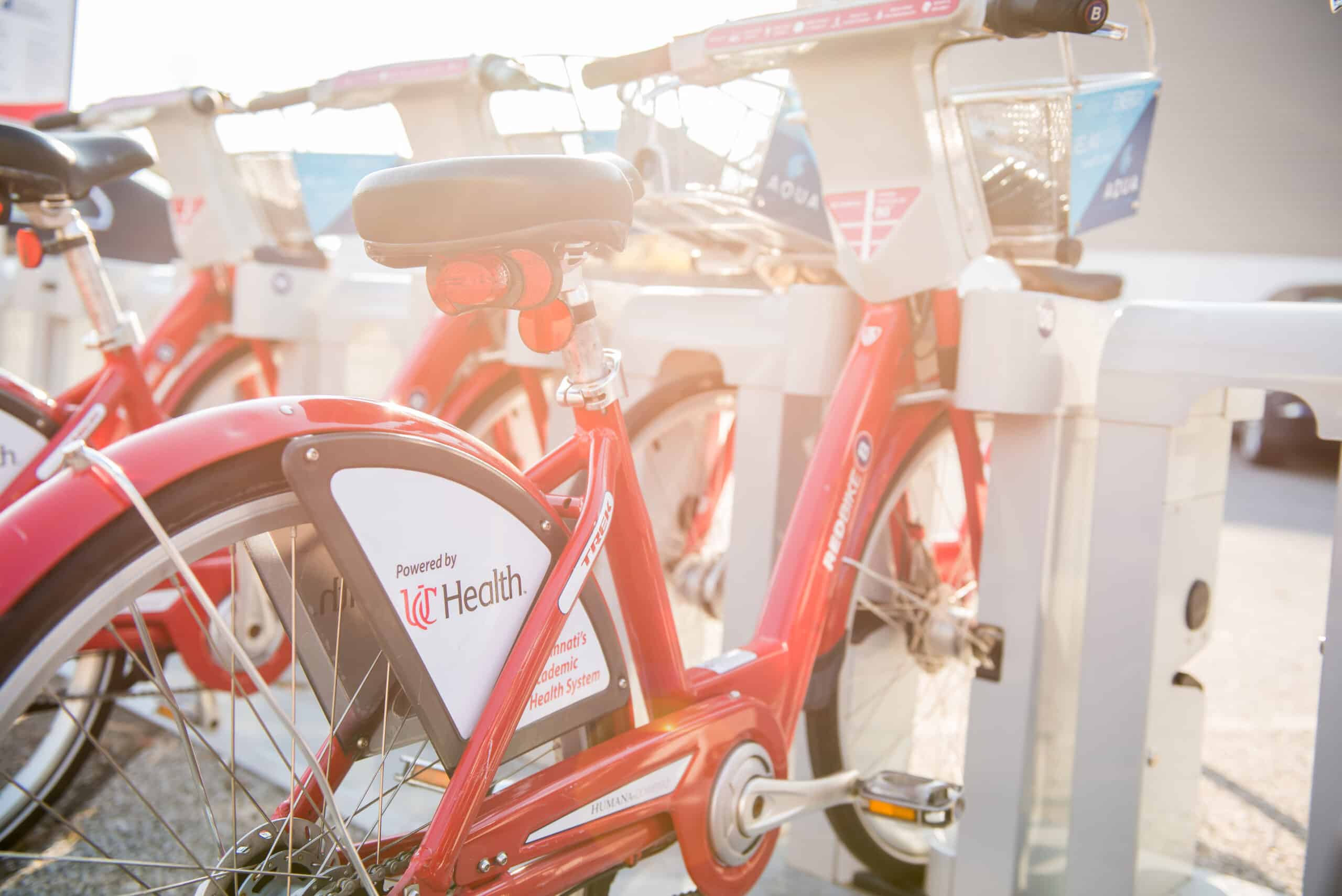Transportation and Health
SECTOR SPOTLIGHT
Transportation provides the means to move about our communities, and reliable transportation is a vital community condition for health and well-being. People need safe, accessible, affordable transportation to go about their daily lives. Transportation has significant implications for public health; it affects physical activity levels, air quality, access to healthcare, road safety, social connectedness, and more. Physical inactivity is a leading risk factor for global mortality, while air pollution from transportation contributes to millions of premature deaths annually. People who live in areas with limited public transit, or who are reliant on cars for transportation, may have less access to healthy food options and increased risk for chronic diseases like diabetes and heart disease.
Evidence Base
Improved accessibility and mobility for transit-dependent populations
Improved air quality and reduced GHG emissions
Decreased pedestrian and cyclist injuries and deaths
HIAs in Transportation
HIAs can be used to improve the reliable transportation, a vital community condition, through informing transportation policies, plans, and investments. Transportation-related HIAs focus on both projects and policies.
Projects include: redevelopments, bridge replacements, public transit, road diets, rail and bus public transit projects, community transportation plans, pedestrian and bicycle trails and greenways, and port redevelopments.
Policies include: road congestion pricing, speed limits, complete streets, vehicles miles traveled, climate change, transit fares and service levels, speed limits, safe routes to schools, and airport procedures.
EXAMPLE HIAS

Alameda County Goods Movement Planning for Health

Baltimore-Washington Rail Intermodal Facility HIA

Non-Motorized Transportation Plan and Climate Sustainability Plan Recommendations

Kern County Regional Transportation Plan and Sustainable Communities Strategies

Environmental Decisions in New Mexico

Wichita Transit System
More Related Resources

Use of Health Impact Assessment for Transportation Planning: Importance of Transportation Agency Involvement in the Process

CDC Recommendations for Improving Health Through Transportation Policy

Transportation Access and Quality Affect Health
Explore More on Community Commons
Suggest Content
Help us grow the Health Impact Assessment content library. Suggest a health impact assessment, or another resource for inclusion. Complete the form below and our team will review your submission.


